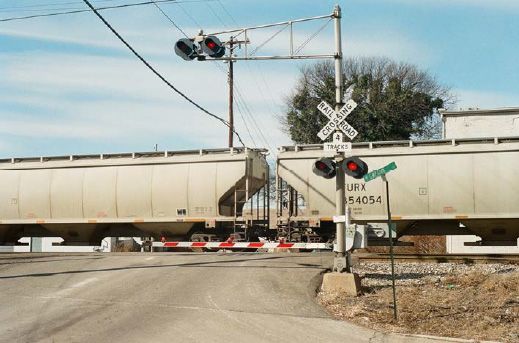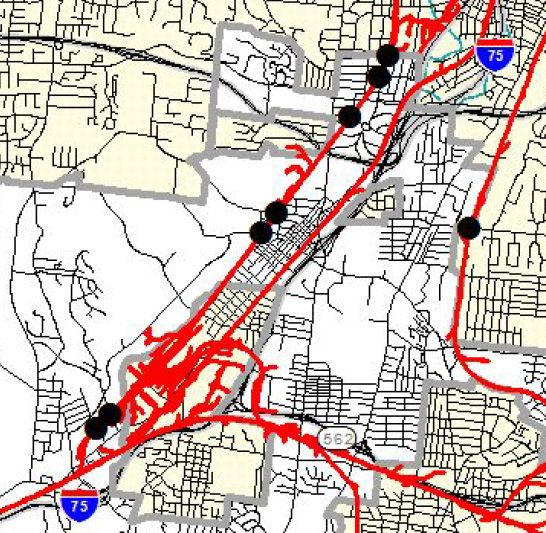City Council approved and filed a report by the City's Department of Transportation and Engineering (DOTE) suggesting a more focused study that would quantify the cost of implementation and the degree of coordination necessary with neighboring communities.
A December motion from councilmembers Laure Quinlivan, Chris Seelbach, Yvette Simpson, P.G. Sittenfeld and Vice Mayor Roxanne Qualls had asked DOTE to explore the feasibility of implementing quiet zones at at-grade crossings in all Cincinnati neighborhoods.
Cincinnati has more than 40 public at-grade railroad crossings within the City limits. Lines owned by two companies – CSX and Norfolk Southern – have, by far, the highest volume of train traffic.
Federal action
Following a spike in train-vehicle collisions in Florida in the early 1990s, Congress mandated that the Federal Railroad Administration (FRA) issue a federal regulation requiring the sounding of train horns at all at-grade railroad crossings, and to provide exceptions allowing local communities to establish quiet zones.
This federal Train Horn Rule became effective in June 2005. Under the rule, engineers are required to sound the horn for between 15 and 20 seconds in advance of all at-grade train crossings, except:
- If the train is traveling faster than 45 miles per hour, the horn will not be sounded until the train is within ¼ mile of an at-grade crossing;
- If the train stops near the at-grade crossing, it does not need to sound its horn when it begins moving again;
- If there is a good faith "miss" of an at-grade crossing by the engineer, who was unable to estimate the train's arrival at an at-grade crossing.
Quiet zones are established through a partnership between the local government, the railroad, the state, and, finally, through FRA certification of improvements to the crossing such as lights and gates (required), medians, cross bucks, or stop signs.
The zones can be set for 24 hours or for the overnight period of 10 P.M. to 7 A.M., must be at least ½ mile in length, and must have at least one at-grade crossing.
Scope based on funding
The CSX line between Spring Grove Village and Hartwell affects the most residences and was selected for the small-scale study by rail consulting firm RL Banks and Associates due to a lack of funding sources. However, that's not to say that a wider-scaled quiet zone plan hasn't been considered.
"With limited City funding, these requests must be considered with all other rail-related projects that may be needed within the city, especially those that improve public safety," the DOTE report said. "These Quiet Zones are one of several railroad related improvements identified by DOTE in the City of Cincinnati Draft Railroad Improvement and Safety Plan (RISP). These include safety improvements, such as the upgrade of railroad preempted traffic signals; the installation of active warning devices where none currently exist; and modifications near the intersection of Madison and Kenwood at the railroad overpass (where there is substandard clearance of the roadway). They also include improvements to the rail network for economic development, with several of these identified in the OKI Freight Study."
If pursued, the effectiveness of the quiet zone will hinge upon reaching out to adjacent communities such as Elmwood Place, Lockland, St. Bernard, and Wyoming for support, the report said.
"There are many issues and potential projects associated with rail lines within the City of Cincinnati," the report said. "They include improvements that affect capacity, safety, economic vitality and regional competitiveness, and neighborhood livability. Funding is limited for all transportation projects, but particularly for those that do not improve public safety. Therefore, the City must be willing to dedicate capital funding to institute many roadway and rail initiatives that are desirable, but not meet the requirements for federal or state funding."











